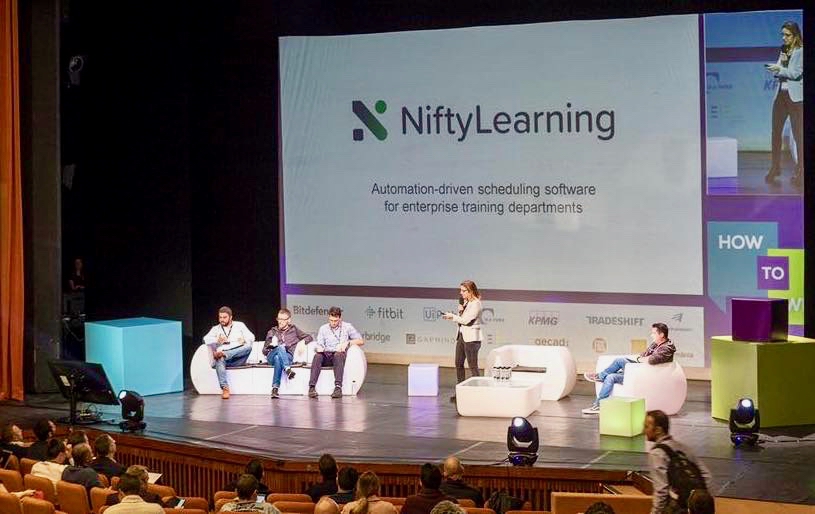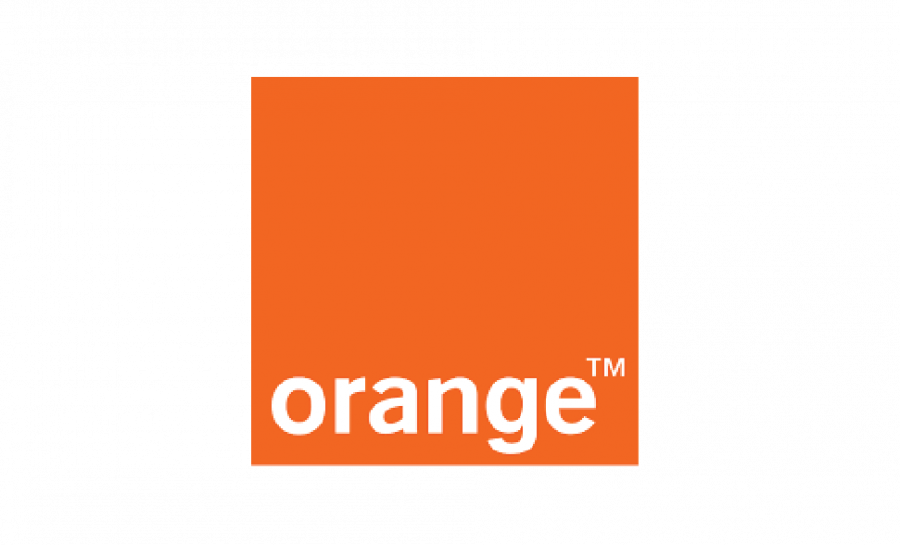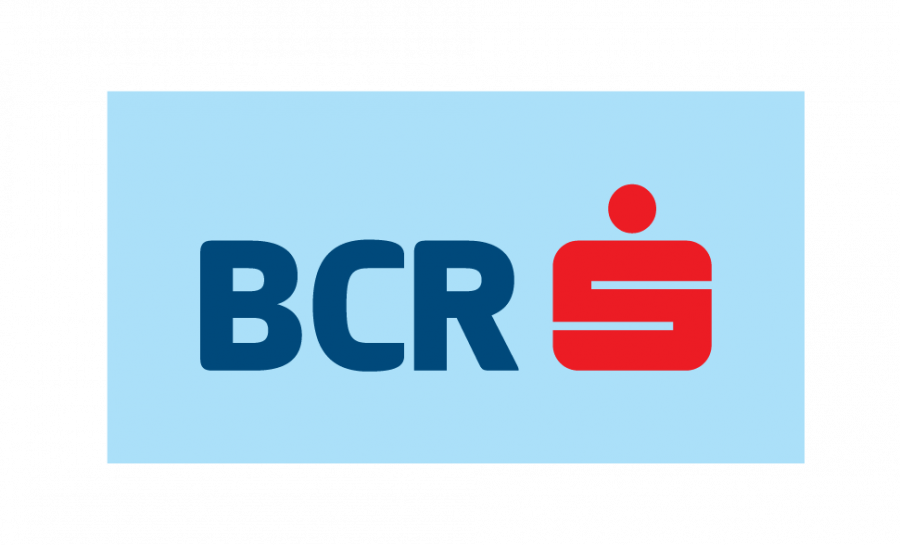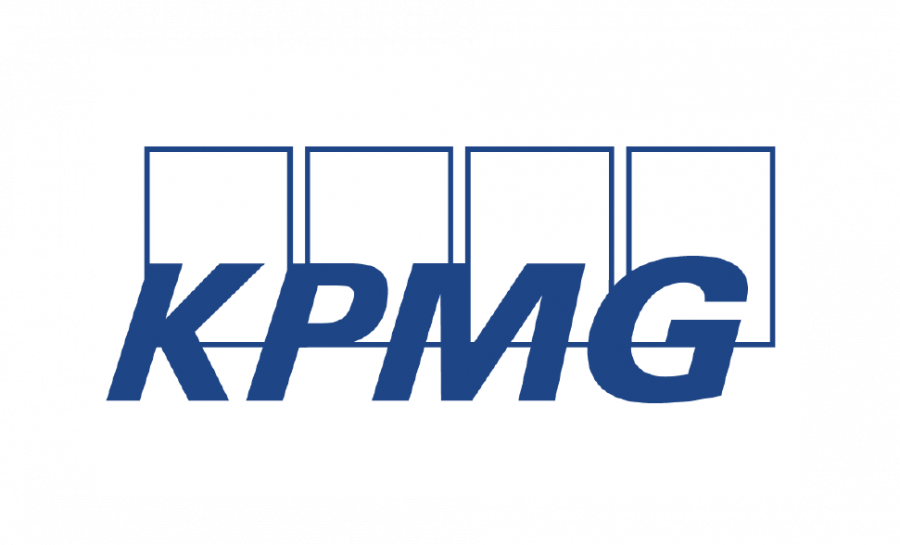6 May, 2019

Nifty Learning is a platform that supports companies to use their learning budget efficiently by resolving the pains of the administrative flow. The startup was founded as response to a need identified in the training administration market and they are one of the winners at the Startup Spotlight competition at How to Web 2018.
They are among the two Romanian companies to have been admitted to the TechStars accelerator programme in Berlin. Liz comes from a background of training administration, as she used to work for Xerox Business Services, supporting Fortune 500 clients in their yearly training plan execution.
Q1: What is the key advantage of your product? How do your clients solve this at this point?
Nifty Learning is an operational intelligence tool for enterprise training departments.
There is a workforce revolution happening right now, taking the companies of the world by storm and catching them unprepared. Half of the skills that people use in their jobs today are predicted to become obsolete in the next 3 years. Companies need to figure out ways to help employees re-skill, as this wave will have an impact on close to 3 billion people. There is a huge gap, unfortunately, between how fast things are changing in the world and how companies are managing to adjust.
In order to keep up, companies need an essential component in their learning & development strategy, which is visibility and control over employee learning data. We’re building a platform that goes through all company data related to training (needs assessment, planning, scheduling, budgeting, administrative tasks etc.) to create a dynamic system of record for employee learning & development.
Most companies have multiple software solutions in place to manage learning & development activities. The problem is that these systems are not speaking to each other, which is causing a lot of manual, repetitive work for training managers, that’s mostly living in excels and on paper.
Most of these manual processes can in fact be digitised and automated, with the latest developments in artificial intelligence and robotic process automation. This is where Nifty Learning comes in. We move the heavy lifting of managing training into our platform, we connect with all existing company software and we free up to 60% of training managers’ time. Nifty enables them to finally focus on their strategic learning & development responsibility towards the company.
One of the key things that has been escaping companies for a long time is the ability to create long term learning initiatives and track their impact. This is due to the fragmented nature of the multiple learning & development tools and methodologies used, even within one single company. With the help of Nifty Learning, once a company gains this level of awareness and control over learning & development data, they will be able to observe how fast employees learn, how quickly training strategies can be implemented or adapted and, more than anything, start tracking return on investment on training, which is our end goal.
Q2: How do you charge your customers and how do you tie their success to the price they pay?
We actively started doing sales in a more structured way only 5 weeks ago, while on the Techstars programme, and we are still pre-revenue at this point.
One of the first lessons we learned while doing research in B2B SaaS is that the the lifecycle of one sale can be very long. It can even take up to 2 years to close a deal and the time from first contact to signing a contract is rarely shorter than 4-5 months. This puts us at the very beginning of our sales journey, but our early conversations seem very promising: the target users that we are speaking to absolutely love our message. The most frequent reaction we get is “finally someone is thinking about this problem!”, which is awesome.
We plan on pricing our software platform with a yearly subscription-based model and charge a small amount per employee per year, along the lines of $5 to $10. This represents on average about 1% of training budgets for most companies. This pricing model is transparent and highly predictable for companies, since it’s directly correlated with headcount. Larger customers and more complex on-boarding efforts, though, would benefit from other terms.
Q3: What are the key indicators you look at to make sure that you are on the right path? How do you plan to acquire more customers?
At this point, we have two pilots on-going and the key thing we look at is closely related to user satisfaction. We analyse the feedback to understand what kind of support training managers need in order to free up as much of their time as possible, without compromising on the control and accuracy needed to manage company-wide training initiatives.
One key differentiator at this stage for Nifty is the usability of our platform, since most legacy systems that companies use today are already 10-15 years old and were built with a different usage paradigm in mind. It’s something like the transition from using a keypad phone to today’s smartphones, which are basically pocket-sized computers. Training managers will benefit from virtual assistance that does most of the data entry and decision making by itself. The feedback we have gathered so far is amazing: not only is what we’ve built really well received, but we also have great suggestions on how to refine usability even further.
Of course, once we make first revenue, we will track it as a key performance indicator and start observing all the related financial metrics. Until that happens, we mostly focus on customers falling in love with our software.
Q4: How early did you start looking for financing? How did that change your plans?
We started the Nifty Learning journey at Startup Weekend Iasi, on the 28th of October 2016. The team was incredibly supportive in those early days, when we weren’t sure whether we could take this idea seriously or we should just go on with our corporate lives and forget about entrepreneurship. At that point in time, we weren’t sure where we could get funding from and whether we could sustain working part-time for Nifty in the long run.
After more than a year of putting in our own money and Nifty being sort of a side passion project, we were incredibly lucky to start talking to TBNR.ac, the first accelerator founded in Iasi. They are the first ones who contributed to our financial independence and allowed us to quit our jobs in early 2018.
We are now part of Techstars in Berlin, which means we have already secured financial runway for another significant time frame. Techstars’ contribution is enabling us to formally start a fundraising process for our seed stage.
We plan on raising a round before the end of autumn and in the beginning will focus on talking to Angel Investors in Romania. We have, however, made a lot of new friends since we came to Germany and we will stay in touch with them even after the Techstars programme ends.
Q5: How important was is in your company’s evolution to take part in startup programs and interact with business partners? What were the key takeaways from these interactions?
In Iasi and generally in the North-East of the country, the startup ecosystem is only now starting to grow. People are gradually becoming more aware of this non-traditional way of doing entrepreneurship and the opportunities it could present. I think that any activities that give people the chance to reality-check their startup idea and find potential business partners are incredibly useful. For us, at least, it proved to be essential: I doubt I would have actively pursued founding a team or would have been so relentless about taking Nifty to where it is today if it hadn’t been for Startup Weekend. It has a lot to do with the idea of “look, other people are doing it, so I must be on the right track!”.
Of course, with these events comes exposure, the networking opportunities increase and we get more access to customers. A lot of our early conversations with potential customers came almost exclusively out of warm introductions.
However, there are still many additional things to take into account: entrepreneurs should always stay very grounded throughout this lengthy and not always straightforward process of building a business. The fact that you have been introduced to someone and you have great initial feedback is wonderful, but it takes even more hard work after that to fine-tune the product, put in place all the security requirements, create and track all the paperwork, agree on terms and much, much more.
It’s a wonderful journey, overall, the kind of challenge that very few people get to experience in a lifetime. I look back at where I was and what I was doing 3 years ago and I can’t believe how much things have changed for the better. I’ve learned a lot with every step taken, I’m part of an amazing team (as of May we’re already 6 Nifties in total) and we have the unique chance of building something that bears our team signature and that can have a positive impact on millions of people worldwide.
You may also like
5 Questions with April Dunford (author and product positioning expert) - Part 2
Nifty Learning is a platform that supports companies to use their learning budget efficiently by resolving the pains of the administrative flow. The startup was founded as response to a need identified in the training administration market and they are one of the winners at the Startup Spotlight competition at How to Web 2018. They are among… Read more »
5 Questions with Bob Moesta (co-architect of the Jobs-to-be-Done framework)
Nifty Learning is a platform that supports companies to use their learning budget efficiently by resolving the pains of the administrative flow. The startup was founded as response to a need identified in the training administration market and they are one of the winners at the Startup Spotlight competition at How to Web 2018. They are among… Read more »






